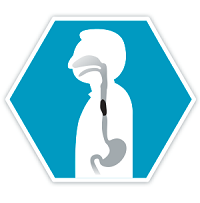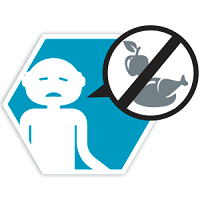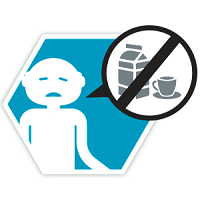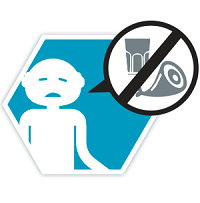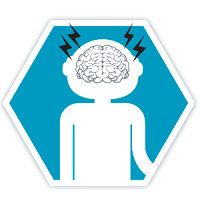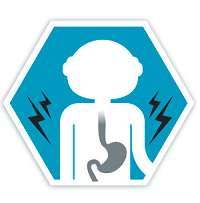- Where do you feel your food is clogged when you eat?
- What foods do you have difficulty swallowing?
- Do you have to clear your throat often after eating?
Consult a health professional if you exhibit any signs that may suggest the presence swallowing problem, in order for accurate assessment of the type of dysphagia.

